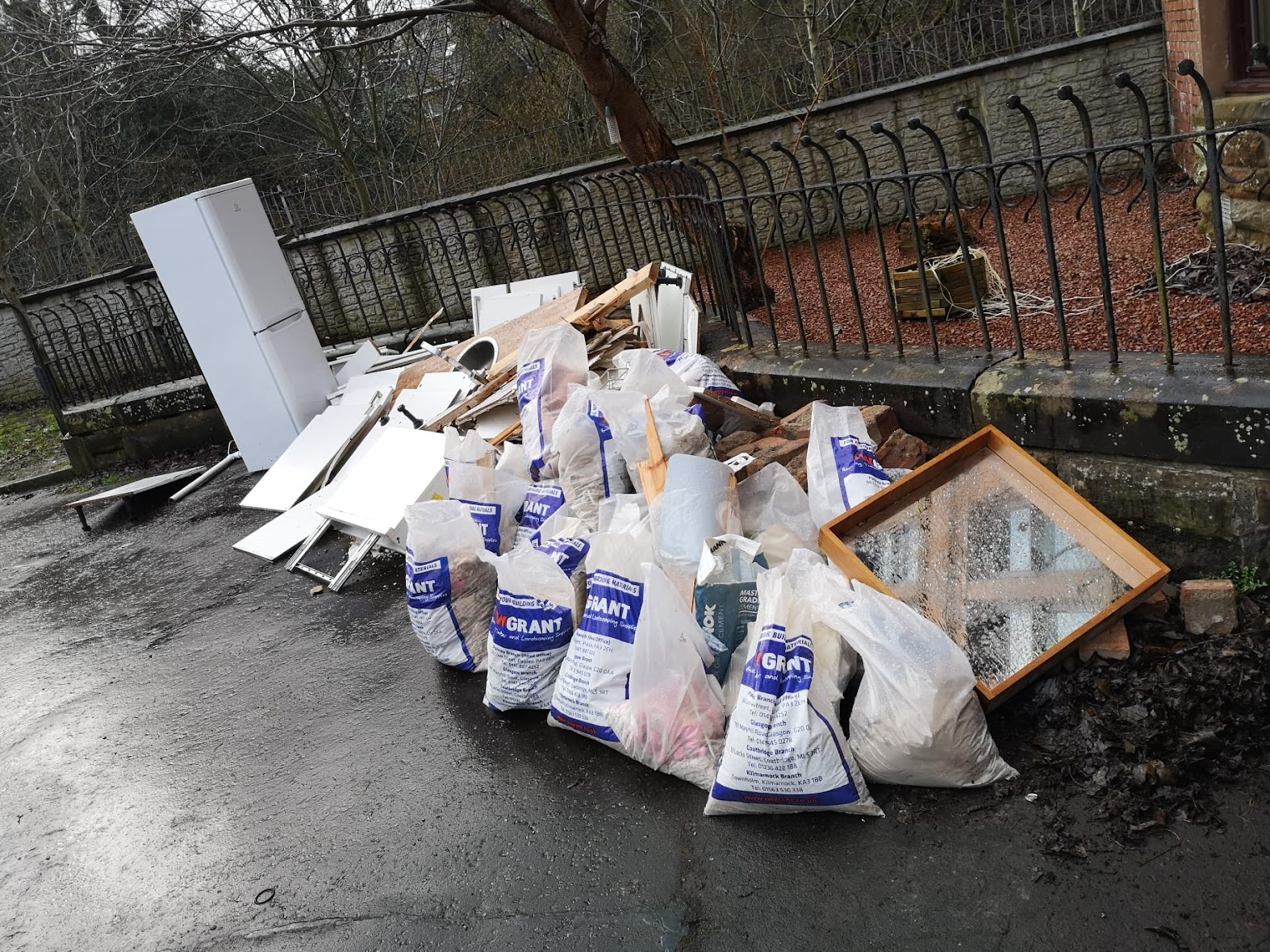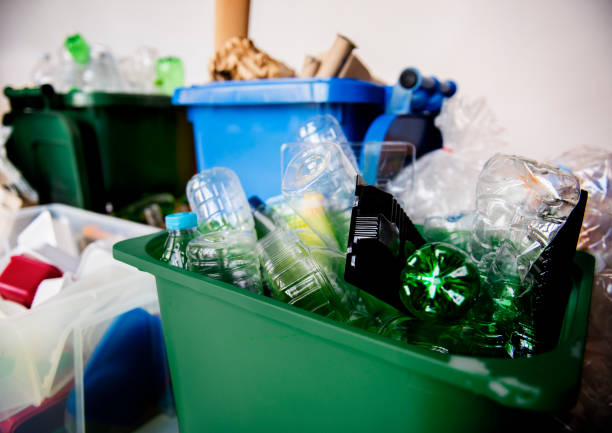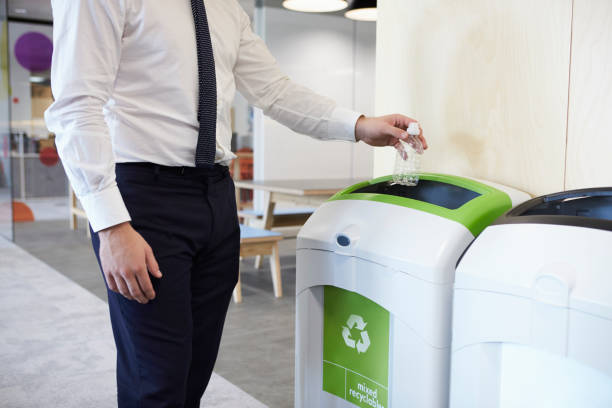Waste Disposal Recommendations for Tradesmen and Handymen
A guide detailing the three primary disposal choices, cost-saving ideas, and significant legal issues for tradesmen on how to get rid of bulky waste produced at a customer’s premises. Options for Disposal When it comes to waste disposal, you essentially have three options, unless you work for a major retail chain that provides waste removal…
A guide detailing the three primary disposal choices, cost-saving ideas, and significant legal issues for tradesmen on how to get rid of bulky waste produced at a customer’s premises.
Options for Disposal
When it comes to waste disposal, you essentially have three options, unless you work for a major retail chain that provides waste removal as part of the client’s total package:
- Take it out by yourself
- Hire a waste removal service to remove it
- Allow your client to resolve it on their own…
1) Remove it yourself
Packing things onto your own vehicle and taking them away when you leave gives you the most flexibility if you have the right vehicle, can prevent the waste from contaminating your tools and materials, and are insured and licenced as a trash carrier to carry waste.
If you decide to take it to a tip directly, you should also consider the time you spent as well as the cost of the tip. If it’s the end of the day and you’re on your way home, this may not amount to much, but if it’s a time when you could be working for a higher wage, it may represent considerably more lost value.
Make sure you know the minimum weight charge at the tip. Regardless of how little your load is, the majority will charge you for 500kg (or 1000kg) of rubbish. So, if you only have a small amount of waste material, you might want to save it up and return it another day.
However, if you return the waste to a skip on your property rather than taking it directly to the landfill:
- enquire about separate skips for different materials (such as wood, cardboard, metal, and inert), which should be less expensive;
- Avoid creating an unauthorised transfer station. There is a difference between emptying rubbish from your car directly into a skip and breaking it down, sorting it, and segregating it on the ground. It is an illegal waste transfer facility. Significantly against the law, in violation of your planning approvals, and not protected by your insurance in the event of a fire or H&S catastrophe.
- Do not burn anything; even though it is regrettably perfectly lawful for a homeowner to burn anything in their garden as long as it doesn’t pose a public nuisance.
2. Hire a Waste Contractor
Even while it may seem affordable and effective to remove the waste on your own, there are instances when hiring a professional is the better option. This gives you more time to focus on expanding your business or accomplishing the task at hand while also keeping the inside of your vehicle clean.
3) Let your Client Resolve it
Leaving the situation up to your consumer isn’t ideal from the perspective of customer service. The persons engaged in charging them all this money, it could be said, should at least take care of the garbage they produce. However, in some cases, it might still make sense for the client to get rid of the waste instead of you, provided you are not working for a retail brand that already offers waste disposal.
For instance, contracting a garbage operator to remove all of the waste at once (or in one big skip) if your client is having other work done at the property at the same time is probably going to be less expensive overall than scheduling two consecutive collections. It might also include other works. Your client might wish to use this as an opportunity to conduct a thorough cleaning.
Furthermore, some clients simply prefer to be in charge and conduct their own research to ensure they aren’t overspending. And it’s usually best to let those clients handle the waste disposal because no matter what you do, they’re nearly certain to wonder whether it was the most affordable or environmentally friendly choice.
Finally, if the client hires the contractor directly, you won’t have to add an admin fee to cover the cost of processing it through your company.
Using a Waste Contractor to Reduce Cost
The following advice can help you avoid overpaying if you choose to use a man and van waste contractor, in addition to using Jettison Express to discover the lowest price:
- Reduce the amount of space the waste takes up by breaking it down – Despite the fact that the weight will remain constant, the quantity of space available to trash contractors in their vehicles is set. Therefore, if your waste occupies less space, it gives them more room to collect other people’s trash before heading to the landfill.
- waste in a bag – Contractors can more easily clean and load their vehicles with dirty, loose garbage by placing it in bulk or rubble bags to prevent it from flying around. Less time spent on the job equals more time for other tasks.
- Place garbage near the road – to cut down on the garbage collector’s loading time. A faster loading time translates into cheaper pricing.
- Will the client let you put anything in their own bin? Be considerate when doing this, especially with small jobs. Many clients are quite OK with you putting waste neatly packed in or near their wheelie bins for council pickup.
- Leave appliances to the municipality or the scrap man; most authorities will remove any large, bulky item from the home as part of their domestic large item collection service, which is often extremely affordable and occasionally even free. Likewise, appliances like the dishwasher and cookers have a value as scrap metal. This means that authorised scrap metal dealers frequently accept them for free.
Rules
1. Copy of the Waste Transfer’s documentation
The transfer of waste from one skilled tradesman to another must be documented in writing, and the documentation must be kept for two years. A Waste Transfer Note is the name of this document. These days, any form of document will do. It’s okay to use an invoice or work order as long as it has the following essential information:
- Date, time, and transfer location
- Identification of the parties, including their titles, addresses, and signatures (e.g. waste carrier vs waste producer)
- SIC code of the person who will dispose of the waste. (Note: not needed if the person is the homeowner)
- Description of waste – Included in this are the relevant European Waste Catalogue codes, the volume or weight of the garbage, the containment method, and proof that the person disposing of the waste has followed their responsibility to adhere to the waste management hierarchy.
When taking rubbish from a private residence, a waste transfer note is not necessary. Therefore, technically, a waste transfer letter is not required if you install a kitchen in someone’s home and then remove the garbage from that job. Despite this, it’s a good idea to supply one nonetheless as proof of your professionalism because more and more homeowners are worried about where the waste is going and whether the disposal was appropriately documented.
2. Waste Carrier’s Permit
If you remove waste from a client location, whether or not you produced it, you must secure a waste carrier authorisation from the Environment Agency (or SEPA if in Scotland). Without a permit, removing trash is prohibited and can result in fines of up to £5,000.
Lower Tier and Upper Tier are the two garbage transport licencing categories. The most popular and the one that most contractors, fitters, and builders need is the upper tier. It extends to everyone who removes building and demolition waste as well as other people’s trash. Construction & Demolition waste that is often produced as part of a significant construction project or a local small business operation, such as a general builder substituting a bathroom or a gardener replacing fence panels and paving slabs and typically includes soil, concrete, bricks, glass, wood, plasterboard, asbestos, metal, and plastic. To be clear, Lower Tier solely relates to moving your own garbage; it does not include moving any construction or demolition waste.
3. Insurance
You will require van insurance that insures you for moving rubbish in your vehicle in addition to a waste carrier licence. Your premium will go up if you add waste removal as a permitted activity, but it can end up costing you more in the long run to exclude it. Waste removal is not typically covered by commercial vehicle insurance, so any accident while transporting waste in that vehicle may forfeit your insurance protection. Additionally, you can be in violation of contracts with your larger business clients, whose clauses demand that you hold legitimate insurance for the work you perform.
4. Putting waste in temporary storage and return it to your depot
The Environment Agency’s temporary storage of trash exemption Non-Waste Framework Directive 3 applies if you take rubbish back to your own premises to be stored temporarily before having it collected later by a waste contractor or transferred elsewhere for disposal. To be eligible, the trash must
- Originate from a project you completed at a client’s location
- Must be safely kept
- Somewhat or not at all flammable and combustible
- Absence of unbonded asbestos,
- Must have a volume of no more than 50 cubic metres.







